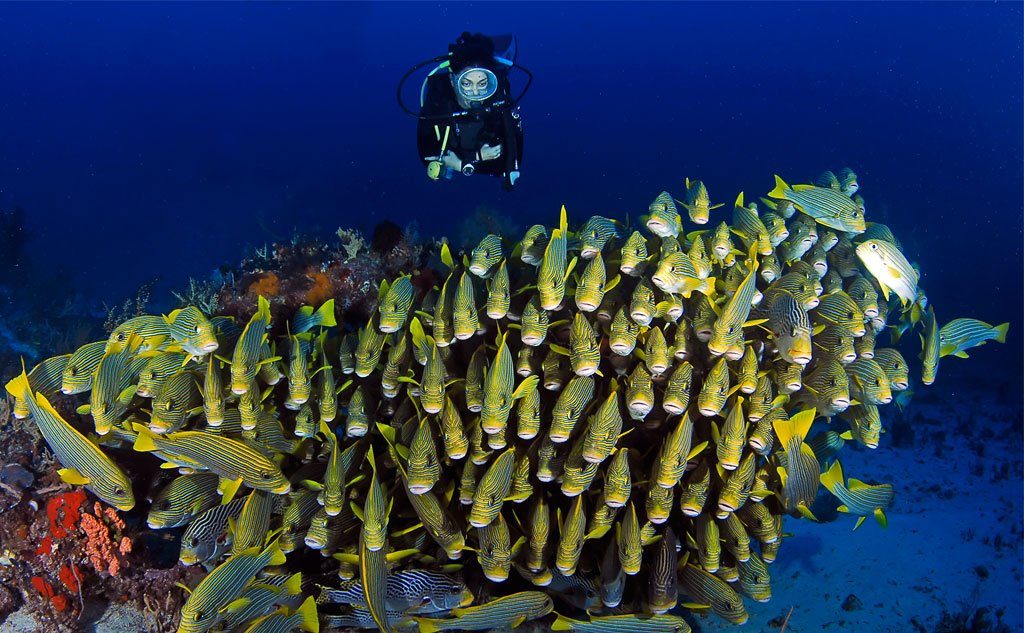Over three decades ago, Max Ammer, a Dutch history enthusiast, received a tip from his then-landlord, a war veteran, regarding sunken WWII aircraft in Indonesia's waters. This tip sparked a four-month diving expedition across various archipelagos, with Ammer consulting local fishermen along the way. Among the places explored, Raja Ampat in Indonesia's West Papua Province stood out for its remarkable marine biodiversity and remote, unspoiled nature.

Raja Ampat, situated in the Coral Triangle, covers over 4 million hectares and encompasses approximately 1,500 islands. Renowned for its unparalleled marine life, including over 1,600 fish species and 75% of the world's known coral species, Raja Ampat earned its reputation as "the last paradise on Earth."
Ammer's deep appreciation for the region inspired him to establish the Kri Eco Dive Resort in 1994, aimed at training local divers and introducing visitors to the pristine underwater world. This initiative, along with others, contributed to the conservation success story of Raja Ampat.

Around two decades ago, Raja Ampat faced challenges like unregulated fishing and unsustainable practices, leading to its decline. However, concerted efforts, including the establishment of marine protected areas and community engagement, reversed the trend. The inclusion of Raja Ampat in the Bird's Head Seascape initiative in 2004 marked a turning point, resulting in significant improvements in fish populations, coral recovery, and livelihood security for local communities.
Similarly, Marit Miners, co-founder of Misool Eco Resort and Misool Foundation, emphasized the importance of engaging local communities in conservation efforts. Their initiatives, such as establishing no-take zones and implementing sustainable practices at the resort, have led to remarkable recoveries in marine life.
Despite these achievements, maintaining the conservation momentum requires ongoing dedication from various stakeholders, including local communities, governments, businesses, and non-profit organizations. Miners highlighted the evolving nature of threats to marine ecosystems, emphasizing the need for sustained collaborative efforts.
Ammer and Miners both emphasized the beauty of Raja Ampat's marine and terrestrial landscapes, urging visitors to engage with local communities and immerse themselves in the region's culture.
Ultimately, Raja Ampat's allure lies not only in its breathtaking natural wonders but also in the warmth and hospitality of its people, making it a destination cherished by visitors and locals alike.



















